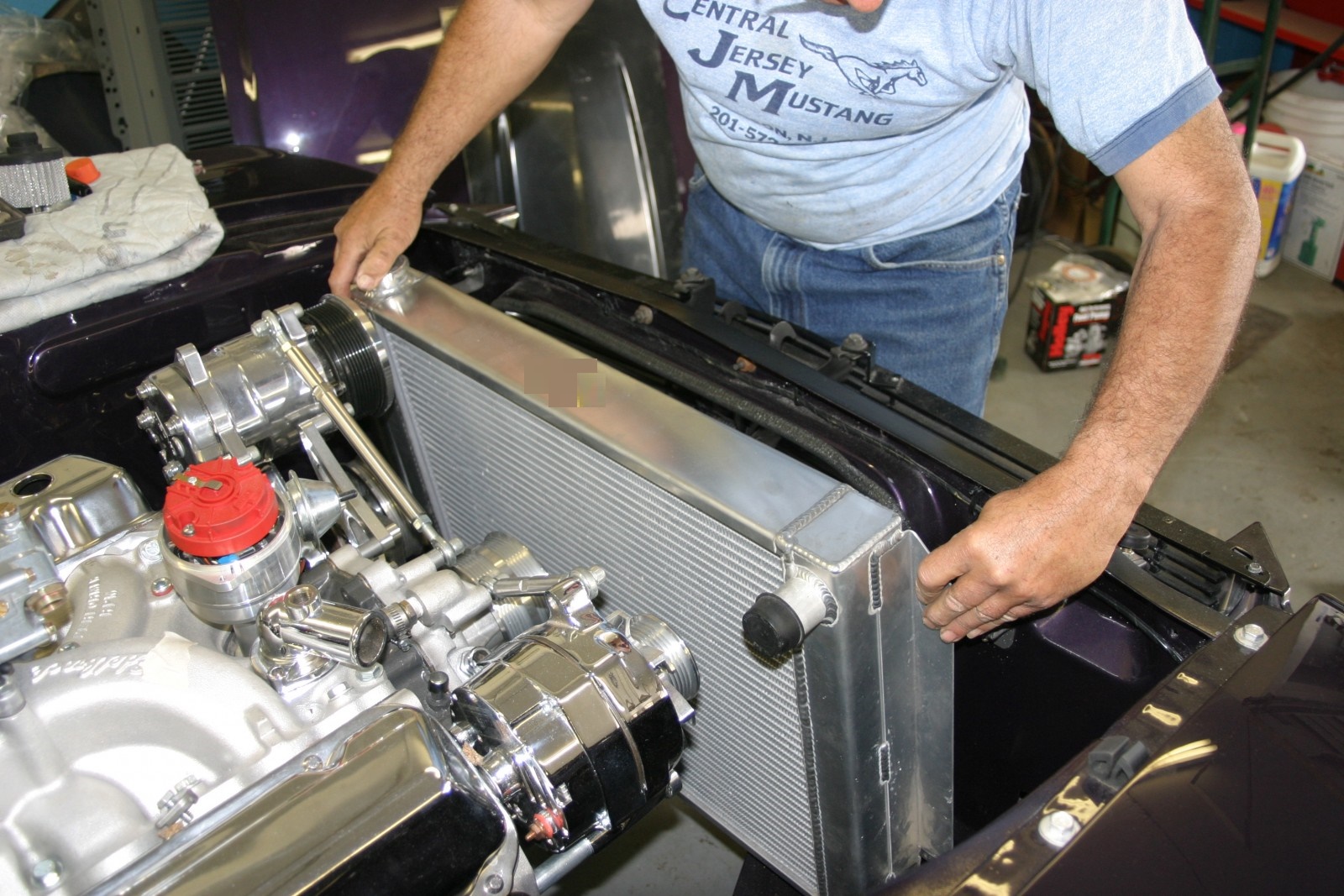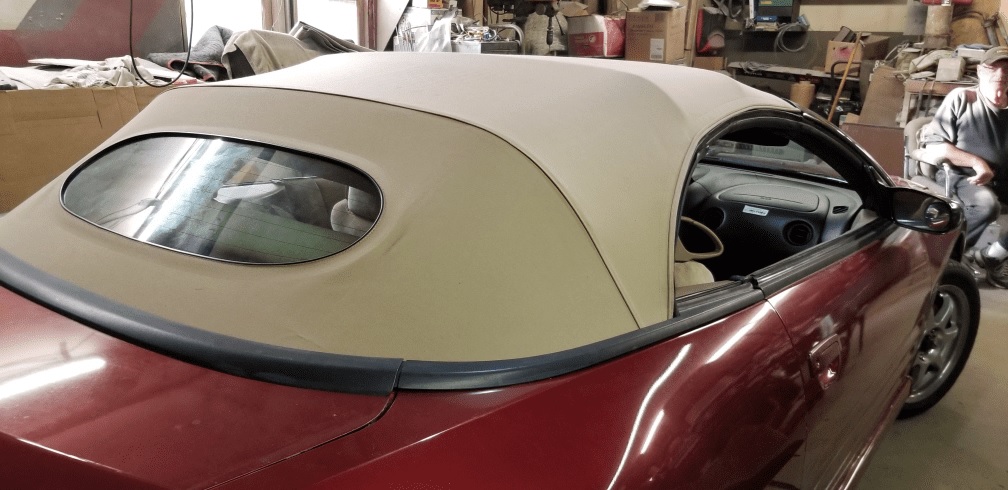The universal aluminum radiator is designed to fit in multiple applications. This being the case, mounting brackets must be fabricated for each vehicle application.
ALUMINUM METAL PROPERTIES
Aluminum is a strong metal and stronger than copper-brass, and it is a lighter weight metal. Aluminum is considered to allow a better designed radiator. It provides for uniform heat transfer due to the aluminum core, and the better air flow through the core which has more surface contact between the fins and the tubes. A copper-brass radiator does not have these properties.
THE IMPORTANT CHARACTERISTICS OF AN ALUMINUM RADIATOR
The average OEM aluminum radiator lasts up to 12 years while the copper-brass radiator lasts between 6 and 10 years. Aluminum is more resistant to corrosion. The aluminum radiator is well suited for modern day vehicles that are designed for aluminum parts thus reducing the risk of corrosion.

THE BENEFITS OF ALUMINUM CONSTRUCTION
- Aluminum is stronger than the copper-brass alloy, and, therefore, its tubes are not as likely to blow out under pressure.
- The aluminum radiator requires smaller tubes and a thinner tube wall. The copper-brass alloy requires a thicker tube wall which means that the larger tubes weigh much more than the smaller tubes in the aluminum radiator. Tubes built out of aluminum results in a design that is 60 percent lighter than the comparable size copper-brass radiator.
- The 1 inch wide tubes increase cooling capacity by approximately 25 percent over one built with 11/42 inch tubes. Wider tubes allow more contact between the fins and the tubes which results in the radiator’s increased capacity to dissipate heat.
- Experts state that a two row aluminum radiator with 1 inch tubes will cool just as well as a 5 row 11/42 inch tube copper-brass radiator. The larger tubes use the core space more efficiently.
- More cooling is achieved by the less restricted airflow.
- The aluminum radiator frees up room under the hood.
- Manufacturing this radiator does not require welding, and, therefore, no chance for leaks.
- Aluminum resists internal oxidation corrosion so additives are not required.
- A thin layer of oxidation film is created when aluminum meets the oxygen, and this film is so tough, so protective, that it prevents further corrosion.
THE FOLLOWING ARE SOME OF THE APPLICATIONS FOR THIS RADIATOR
- Underhood space is limited.
- Over-heating and air flow is a concern.
- When weight is a consideration.
- A larger engine is added.
- The vehicle operation or equipment requires a radiator that will withstand added pressure and heat.
- Racing vehicles
The bottom line is an all-aluminum radiator has an overall cooling efficiency rating that is 20-30 percent higher than a copper-brass radiator and it is lighter in weight.




